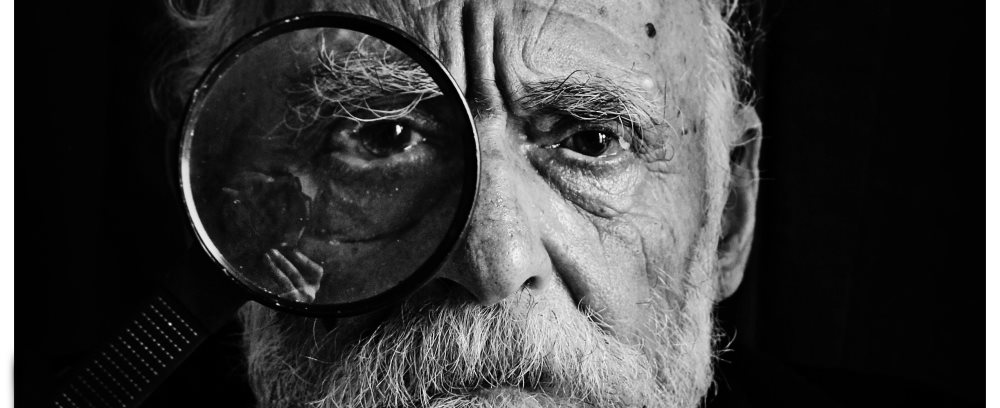Patient Doctor Relationship
Photo by mari lezhava on Unsplash
By Noa L., Vaica
Caraline Watkins, Contributor
In an article, Trying to Put Value on the Doctor Patient Relationship, the history of this unique relationship is studied. It goes through the evolution of visits and check-ups, and takes the reader on a journey through different patient stories. This article addresses many important points that are not so commonly discussed; Has the healthcare system gotten to a point where the relationship of a provider and patient is no longer valued, eventually damaging the care for the patient? An overwhelming amount of data and testimonials all point to the conclusion that patients have better health outcomes and reduced costs when they have an ongoing, good relationship and support from their doctor.
Today’s health care world, as can be seen in the article, is greatly controlled by insurance companies. Whether or not a doctor is in a network defines if a certain type of visit is covered. This is a result of the increased doctor visit costs.
The article outlines a few patients and their experiences with their doctors and the type of individual, personalized care they received. There was one story focusing on the doctor’s past knowledge of the patient. He asked all the right questions to figure out why he had put on weight. The doctor knew personal information such as that the patient recently celebrated his birthday, and remembered the kind of food he typically eats while celebrating. The continuation of a relationship and trust is extremely important in one’s health and care.
A study that was described in the article gave patients either the same inpatient and outpatient doctor or a different one for each. What was found was that the patients who had the same doctor experienced a decrease in health costs and an increase in overall health status.
This type of close, generation-lasting patient-doctor relationship is slowly fading away. How can this kind of relationship be preserved? One way is already being implemented in digital medicine. Technology doesn’t have to be cold and calculated. It can also act as a bridge that gives doctors and healthcare providers the opportunity to remotely see their patient’s progress, thus save time, encourage them along the way and have all information necessary for a productive check-up. At the very end of the article there is an interesting suggestion I loved and would like to quote for those that didn’t make it to the end: “Swapping subconsciously the “check in” term with “touch in” evokes the laying on of hands — an antiquated, unbillable and, in the face of Cancer maybe useless gesture, but quite possibly not a worthless one.”

